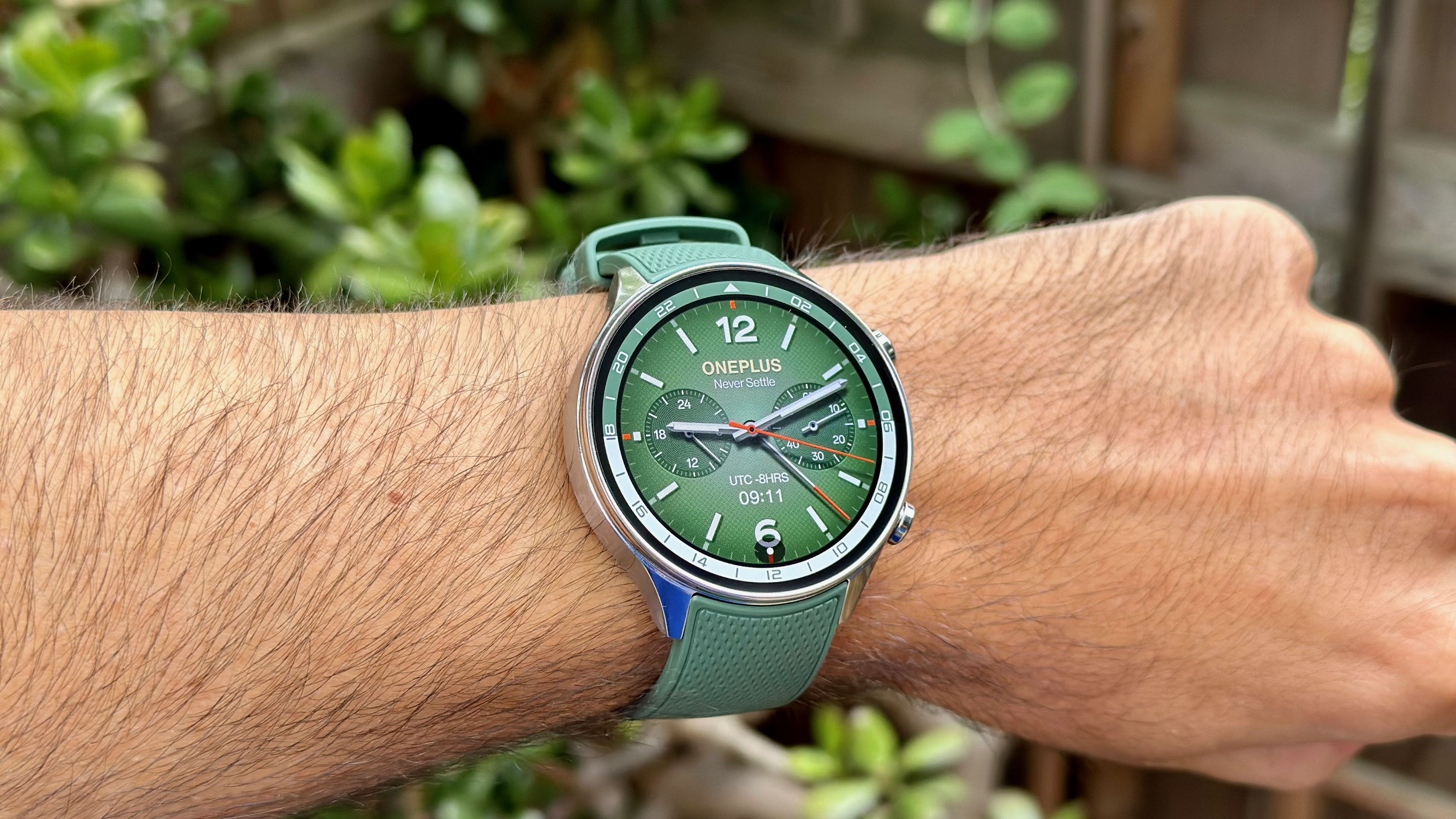
The OnePlus Watch 2R name follows a long OnePlus tradition of rereleasing products at a slightly lower price point, trimming the fancier features but leaving the hardware guts. "Flagship killer" phones like the OnePlus 12R are popular for a reason, and the $229 OnePlus Watch 2R targets popular Android watches in the same fashion.
OnePlus stuck closely to the OnePlus Watch 2 template with the Watch 2R: You get the same 1.43-inch display, Snapdragon chip, RAM, storage, battery capacity, speedy VOOC charging, and Wear OS 4 software with OnePlus' unique RTOS software in the background.
Rather than retread too much ground from Harish's in-depth OnePlus Watch 2 review — which I recommend reading — I'll focus on how the cost-cutting downgrades affect the experience, as well as my personal observations of its positives and negatives as a more budget-focused smartwatch.
While the OnePlus Watch 2 has to compete directly with the Galaxy Watch 7, the Watch 2R's lower price matches last-gen devices like the Galaxy Watch FE or non-Wear OS watches, a much lower bar to clear.
OnePlus Watch 2R: Price and availability
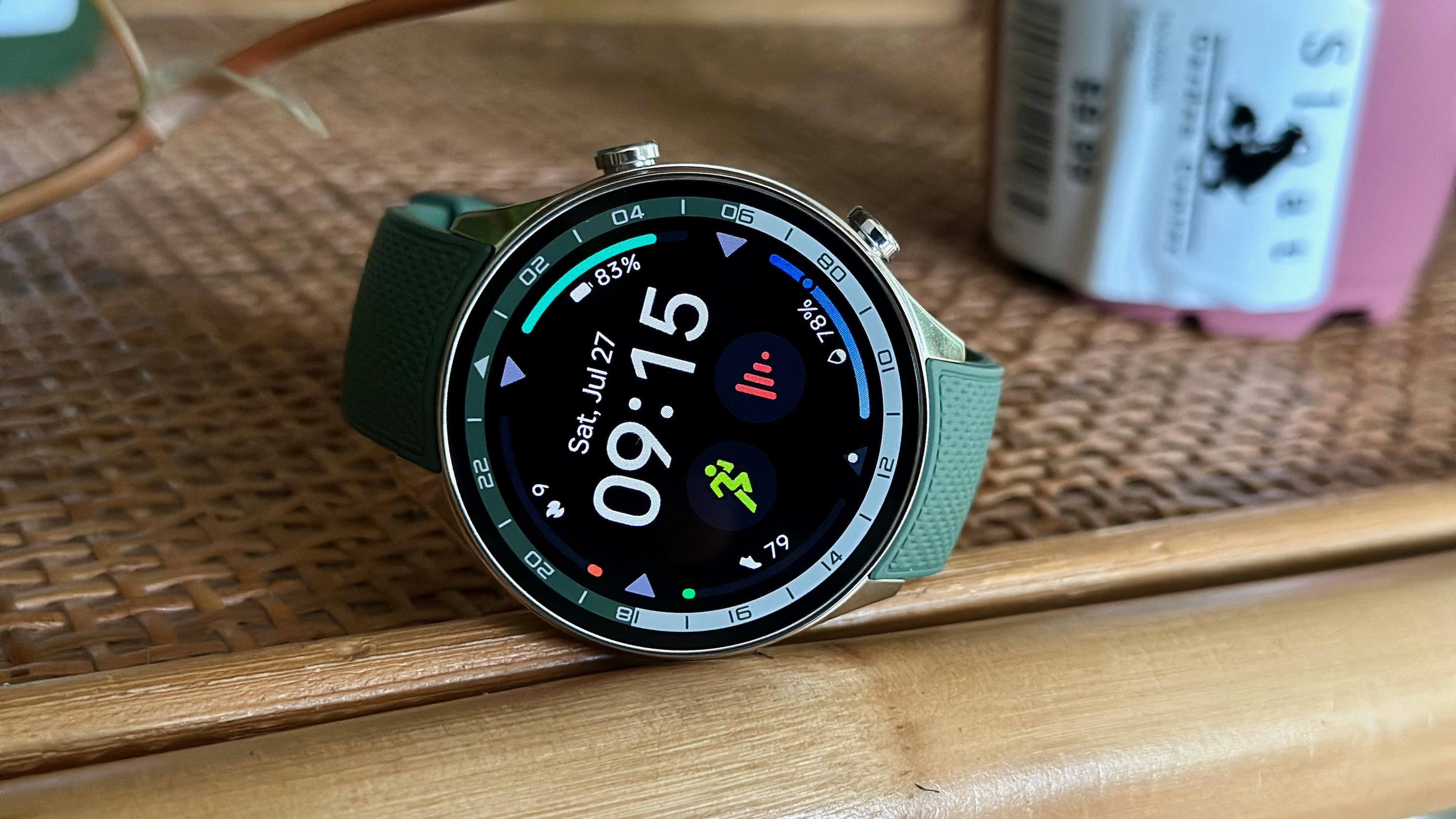
The OnePlus Watch 2R launched on July 16 for $229 / CA$299 in the U.S. and Canada. It originally launched as a Watch 2 variant in China with the same design, LTE support, and (surprisingly) iOS support. This Western Watch 2R version only supports Bluetooth calling and syncs with Android phones running Android 8 or higher, not iPhones.
On that note, the OnePlus Watch 2R works with any Android phone, not just OnePlus phones. While Galaxy Watches have exclusive health features that require a Samsung phone, that doesn't apply to any OnePlus Watch 2R features.
Although OnePlus said the Watch 2R would be available through Amazon, we've yet to find the listing. At the moment, it's available directly from OnePlus at a small discount. OnePlus says it'll cut 30% off the Watch 2R price if you buy it with the OnePlus Pad 2, though only for a limited time.
OnePlus Watch 2R: Specs
OnePlus Watch 2R: What you'll love
Cheaper means lighter
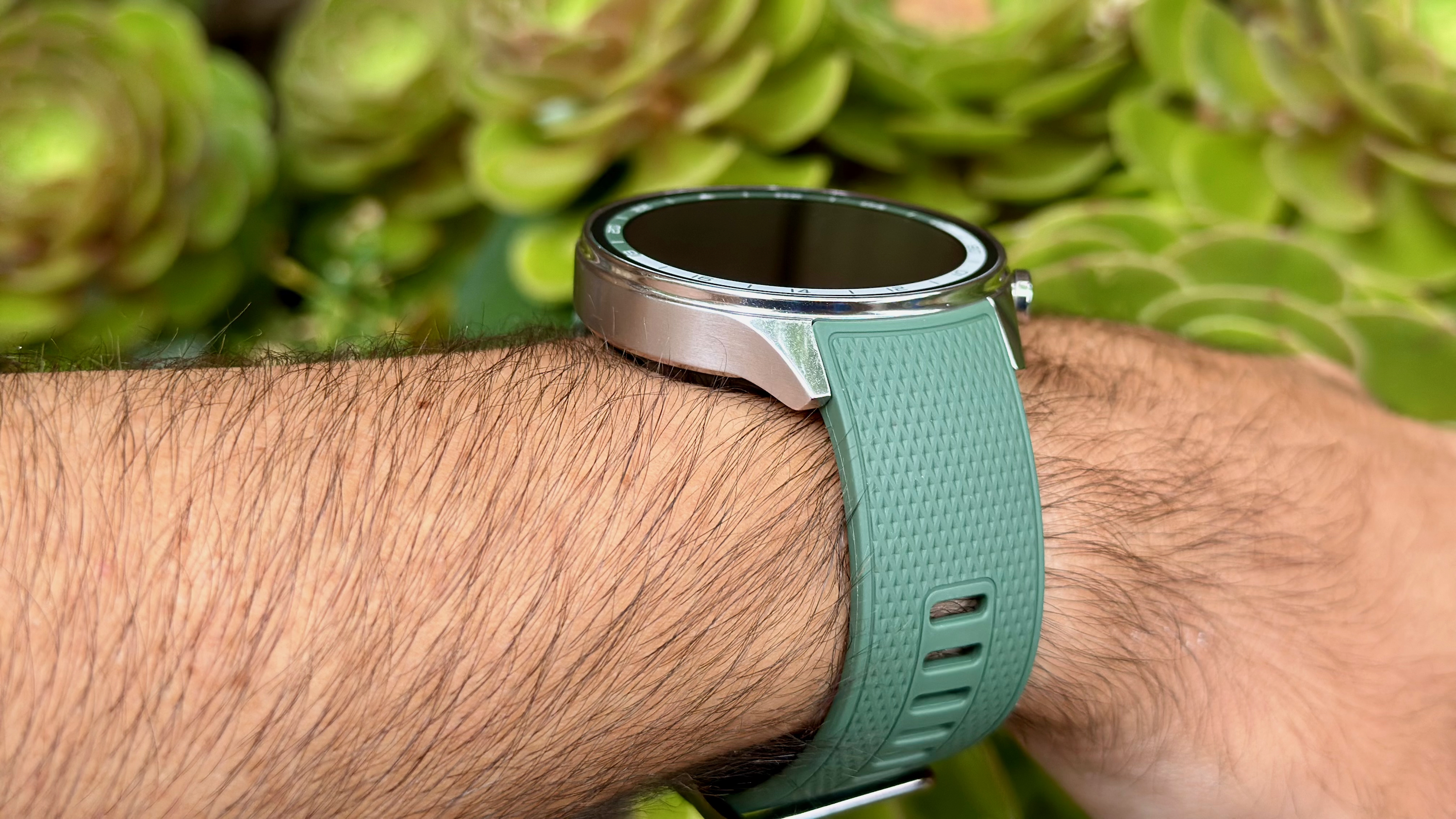
We called the stainless steel OnePlus Watch 2 "elegant" and "premium" looking, praising the brushed metal case and the military-tested durability. OnePlus scaled back the Watch 2R's classiness to preserve the same hardware: it switched from sapphire to Gorilla Glass and MIL-STD-810H steel to standard aluminum.
You might not love these changes, but you can always pay extra for the Watch 2 if you care about aesthetics. With this model, you still get a fully dust- and water-resistant watch you can take swimming in normal conditions. And more importantly, the material switch dips the weight from 80g / 2.8oz to 59g / 2.1oz with the strap included.
Even though our Watch 2 reviewer called its weight "very manageable," that's only true in the context of steel, big-battery watches that power users prefer. If you're more of a sporty user, or have smaller wrists, the Watch 2R will feel significantly more comfortable and won't wobble as much during fast-paced workouts.
With less weight to carry, you get the same 1.43-inch AMOLED display with a respectable 1,000 nits in high brightness mode. While that's lower than the 2,000-nit standard of new Galaxy Watches, it's actually higher than the 600-nit-max Watch 2.
And the Watch 2R design itself has a certain appeal. It's flat and fairly basic from the top down, but I like the 24-hour GMT scale bezel around the display and the textured ridge along the display edge.
We do wish OnePlus sold a smaller 1.2-inch version, as well, but that's a small complaint.
Strong performance and epic battery
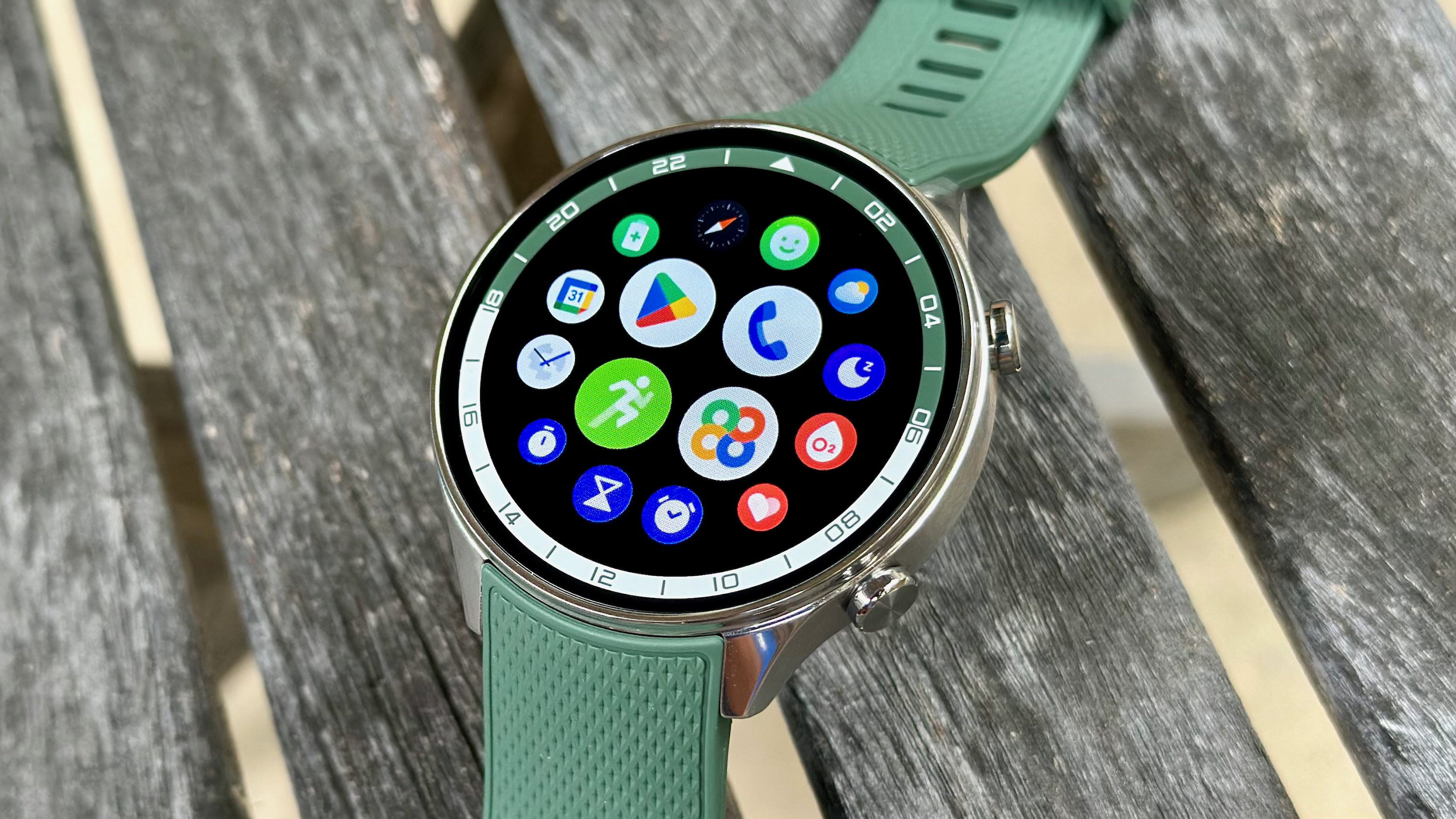
Most of the latest Wear OS watches use a Snapdragon W5 Gen 1 and 2GB of RAM, putting the OnePlus Watch 2R in good company. Until Qualcomm gives us a new "Gen 2" option, this is at the cutting edge for Android watch performance, and W5 watches like the Pixel Watch 2 and TicWatch Pro 5 typically cost about $350.
We described the OnePlus Watch 2 as a "Nissan Leaf with a V8 in the boot" because it handles most background tasks like heart rate data with a separate OnePlus coprocessor that barely drains any battery. The same applies to the Watch 2R: it seamlessly revs into the faster Snapdragon for active tasks like loading apps or Google Assistant queries but otherwise hums along quietly.
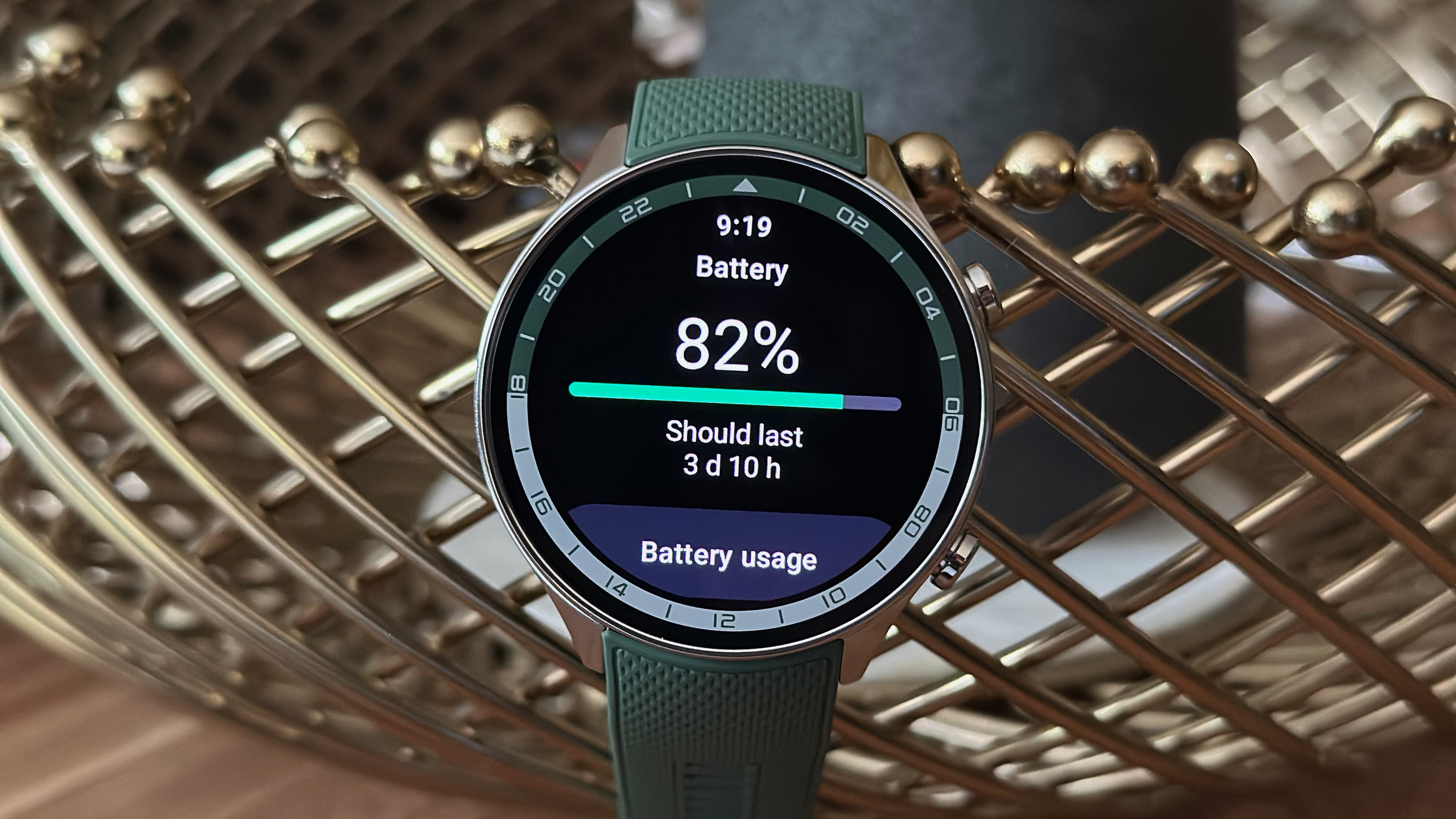
That helps it last about three days in real-life use or two days with AOD active, which is pretty comparable to the Galaxy Watch Ultra I just finished testing — and the OnePlus Watch 2R has 90mAh less capacity.
Because Samsung doesn't use a coprocessor, it tends to burn more power while idling. With the OnePlus 2R, I was amazed at how slowly it drained battery, even as I checked health data and notifications throughout the day. Without active app use, it'll typically lose 25% battery in 24 hours, which is exactly what I want in a Wear OS watch.
Even better, OnePlus' patented fast charging helps it recharge the Watch 2R in an hour or less. I can set it on the proprietary charger, walk away for ten minutes, and come back with more than enough juice to get through the rest of the day or go for a run. The pogo charger itself is a little annoying to seat on the watch, but you can clip it onto any USB-C cable, making it easy to slip into a travel bag.
Improved fitness accuracy
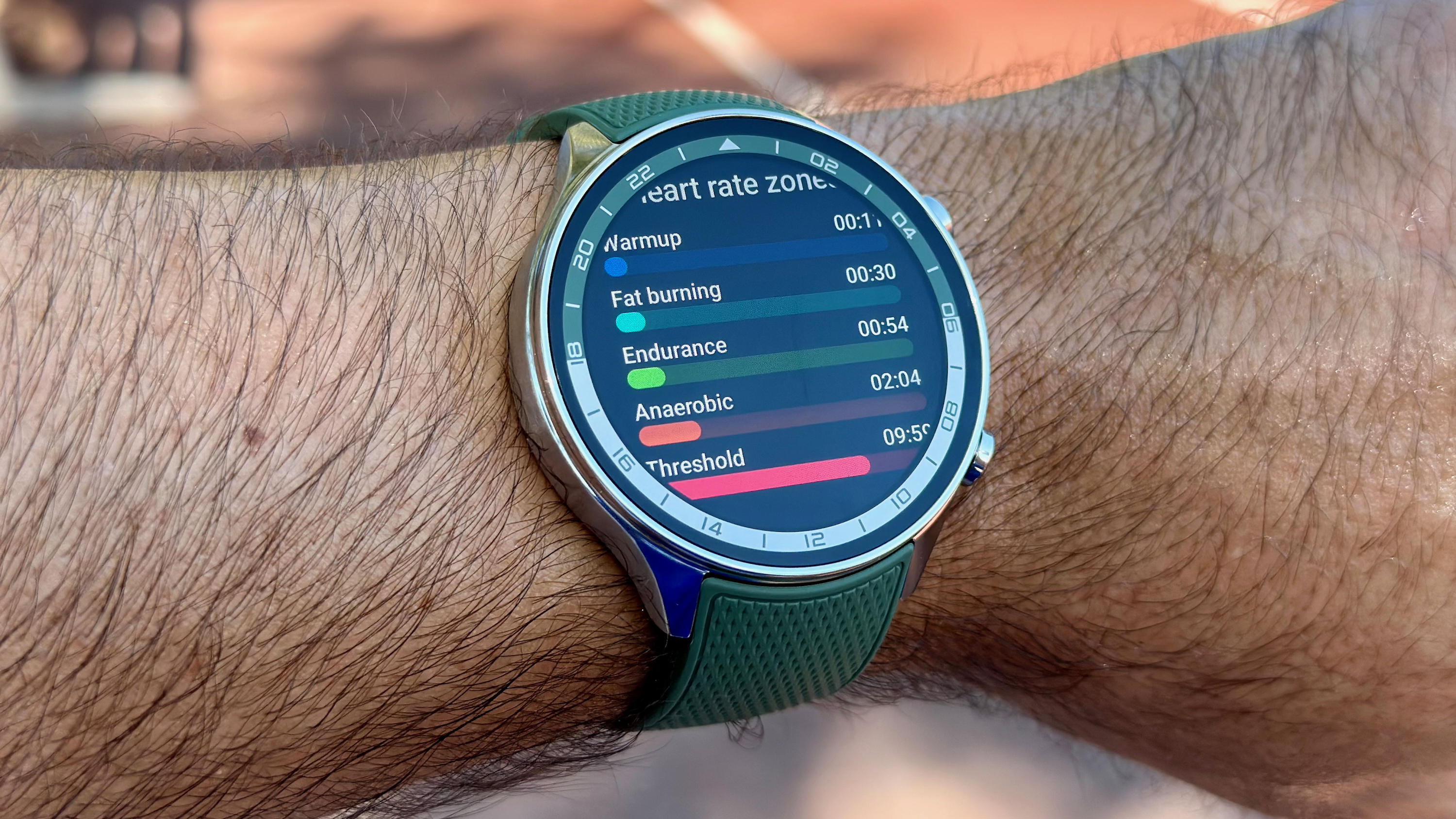
One of our biggest complaints with the original OnePlus Watch 2 was its health and fitness accuracy. Our reviewer complained that it "isn't reliable at daily step counts or activity tracking," particularly for stress data and calories. And my colleague Nick did a one-week Watch 2 fitness test and noted that the watch did terribly during high-intensity workouts, failing to track high heart rates properly.
I performed a OnePlus Watch 2R fitness test to see if it had the same issues, and came away surprised at its competence. Its dual-band GPS stayed on track with my Garmin Forerunner 965 across multiple runs and my heart rate averages were mostly on point, only two bpm lower than Garmin's for a hard-paced track workout.
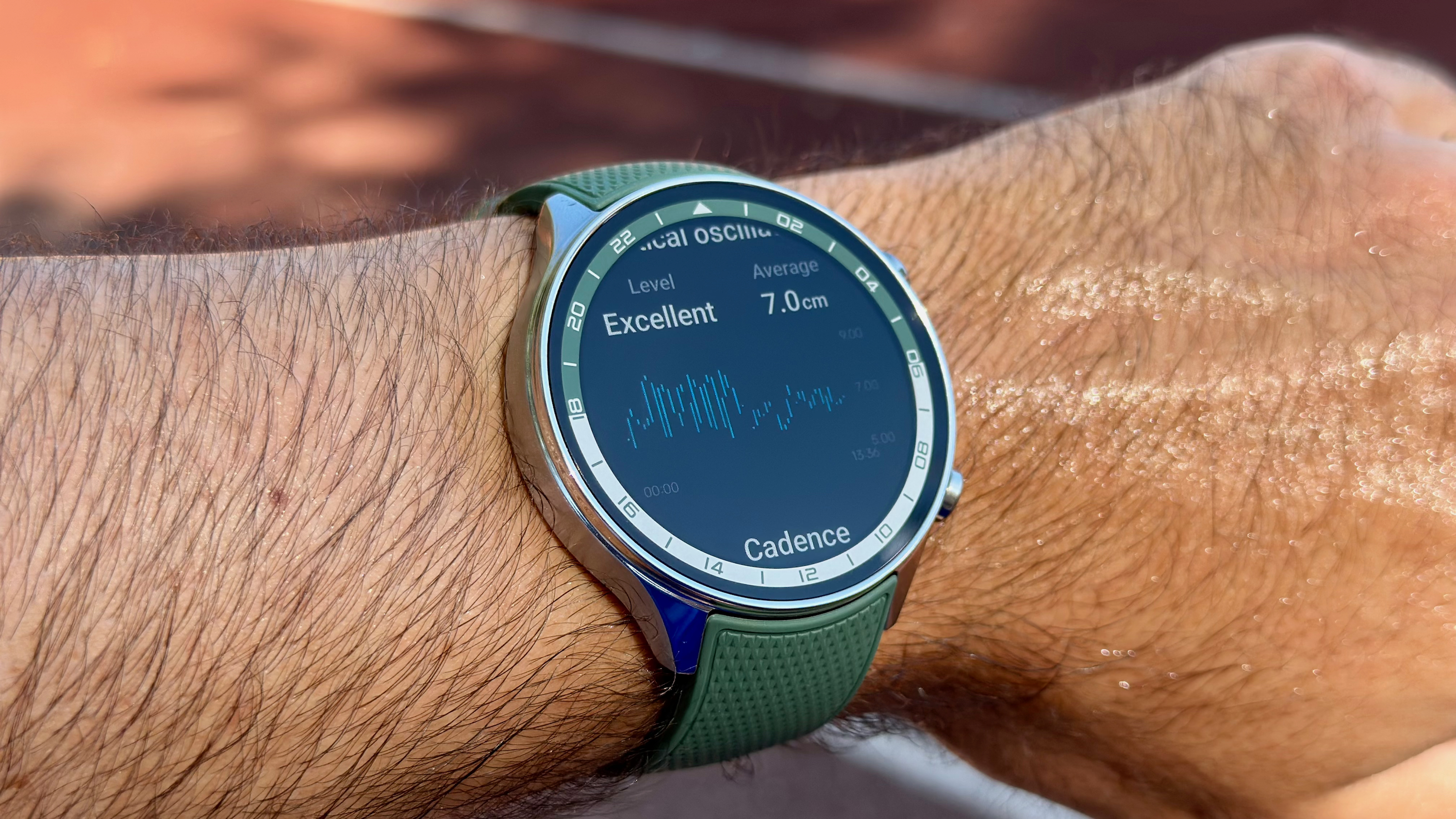
The OnePlus Watch 2R studies your running form and compares its balance, stride length, how quickly you take a step, and other details against other runners. It also estimates your VO2 Max based on your running pace and tells you how long to rest after a run based on its intensity and your fitness level.
While the OnePlus Watch 2R still has some fitness drawbacks (which I'll discuss later), it's not a bad option. You can find cheaper fitness watches with better apps for athletes, but none of them will have third-party apps; the OnePlus Watch 2R works if you want something close to budget price but still want a proper smartwatch for when you're not working out.
OnePlus Watch 2R: What you won't like
Basic health and sleep data
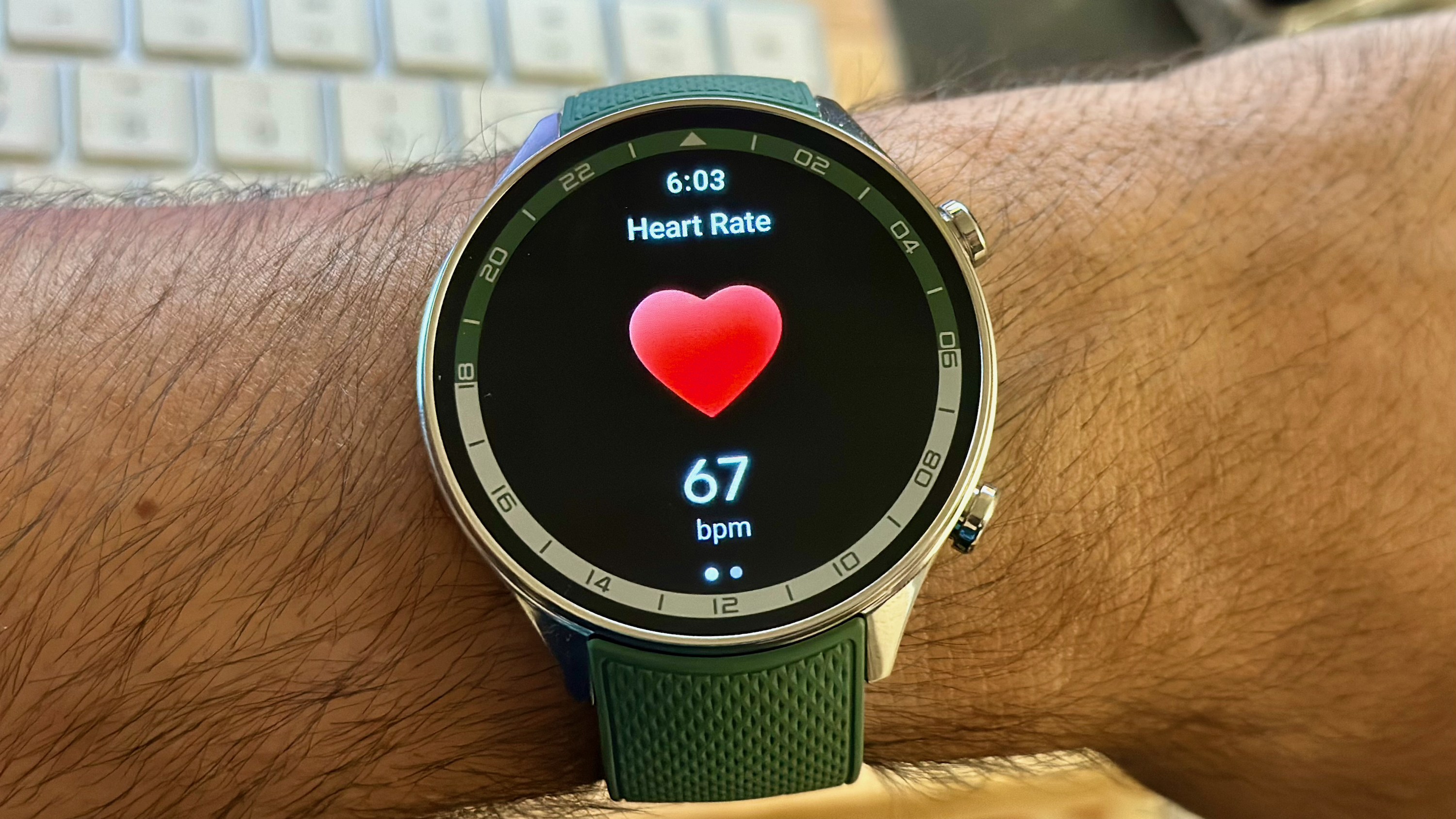
The OnePlus Watch 2R continuously tracks your heart rate and stress via heart rate variability (HRV), visible at any time on tiles to the right of the watch face. At night, it measures your resting heart rate, sleep stages, breathing rate, and blood oxygen (SpO2). All very standard stuff! And the stress data, in particular, feels a bit basic; it tends to fall into a specific "Normal" range that doesn't change much, even when I feel stressed.
Compare that to the Pixel Watch 2, which has an ECG to detect atrial fibrillation (AFib), a continuous electrodermal (cEDA) sensor for "body response" (aka stress) in addition to HRV, skin temperature at night, and a Daily Readiness Score. Then there's the Galaxy Watch 7, which has active and passive AFib detection, HRV, skin temp, a daily Energy Score, and even body composition data — though I find the latter unreliable compared to a smart scale. Both watches also have some form of menstrual cycle tracking for female users, which the Watch 2R lacks.
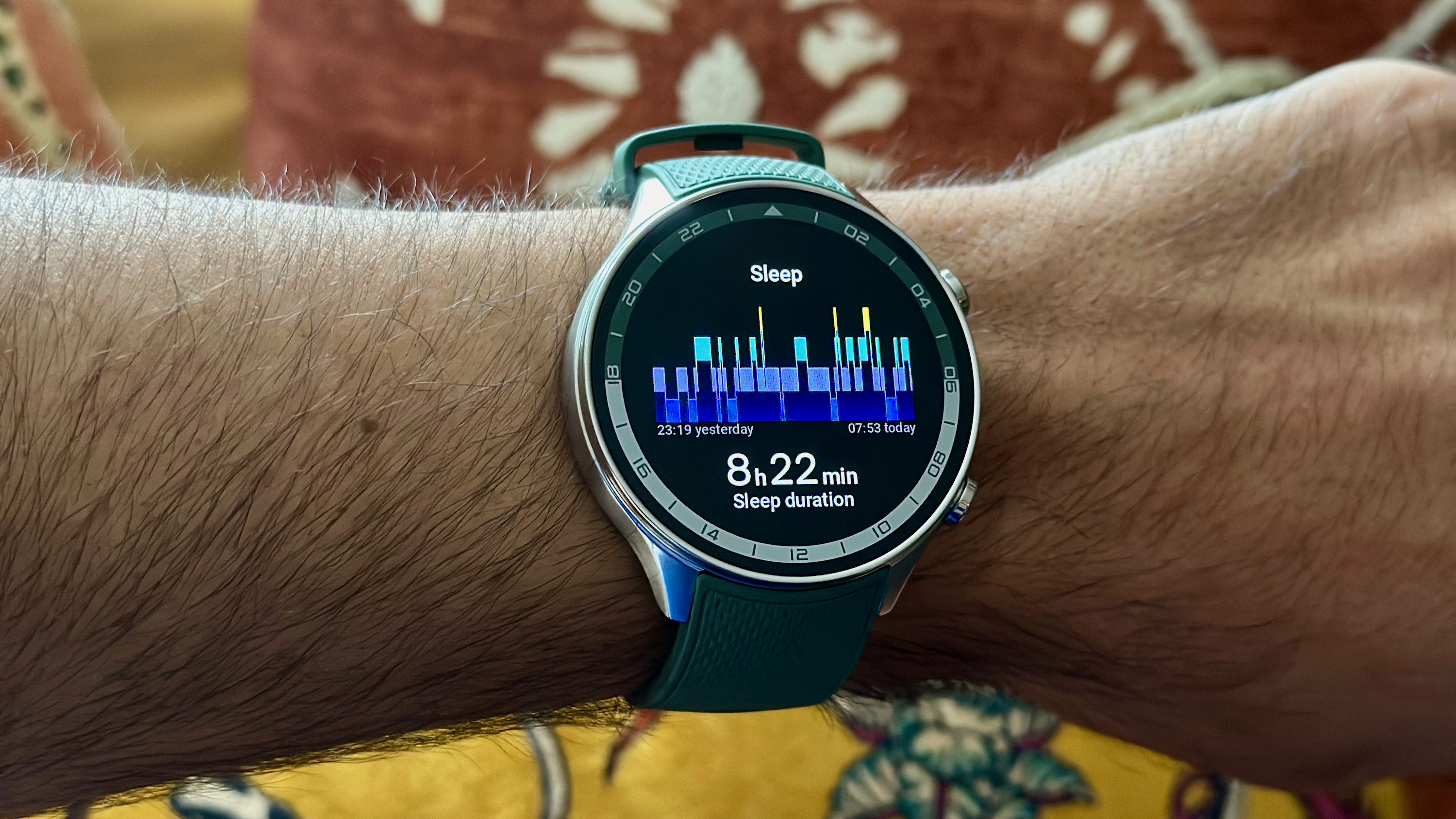
I found my Watch 2R sleep insights to be accurate. My sleep and wake-up times, resting heart rate, time in deep/ REM sleep, breathing rate, and other basic sleep stats were close to what my Ultrahuman Ring Air smart ring tracked — and it's fairly comfortable to wear at night compared to thicker, heavier watches. That said, other watches and rings will provide a bit more in-depth data like your restlessness, how fast your heart rate drops, your energy recharge, and so on.
On that note, as much as I appreciate the OnePlus Watch 2R's revamped fitness hardware, the OHealth app fitness section is a bit threadbare for tracking long-term fitness trends. That's why I export its data to Strava, which is much more robust for fitness trends.
I don't necessarily expect a $229 watch to match these $300+ wearables for health insights, and the pricier Watch 2 has less of an excuse. It's just a trade-off to keep in mind.
Basic controls
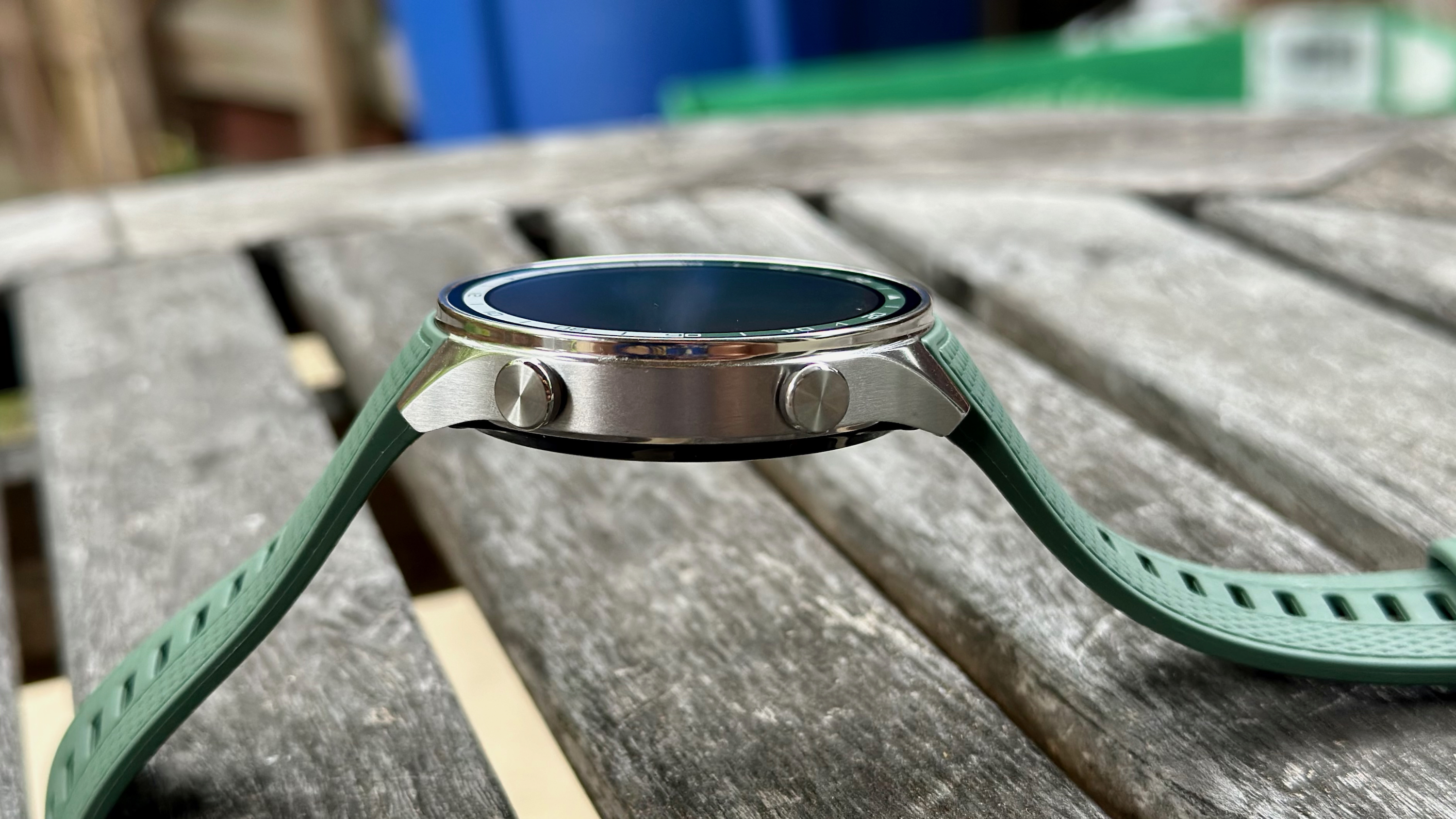
OnePlus gave the Watch 2 an inactive crown "purely for aesthetics." Admittedly, it does look classy, but it disappointed us and added weight for no reason, so OnePlus removed any confusion with the Watch 2R and cut the crown entirely.
You're left with two buttons. The top button takes you home or opens the app drawer with a tap, opens your last app with a double-tap, and Google Assistant with a long press. The bottom button opens the workout menu with a press, Google Wallet with a double-press, and the power menu with a long press.
This configuration took some getting used to, after a long time with the Galaxy Watch Ultra. I keep expecting that bottom-right button to take me back, not to a dedicated sports menu. That's something I loved having on a third button with the Ultra. Instead, I've grown accustomed to swiping right to go back a screen.
Without a digital bezel or crown, swiping through menus or the carousel of tiles feels a bit ponderous. It's not a deal-breaker, and plenty of watches make you dependent on swipes. But since this is my review, I'll say that having more control choices is always good.
No proper backup system
This is a minor point, but Wear OS 4 added the ability to backup and restore your smartwatch data and settings on your Android phone, making it much easier to either switch to a newer model or switch phones.
With the OnePlus Watch 2R, you have to scan a QR code on your old smartphone to transfer your health and fitness data to your new smartphone. And when it comes to the watch itself, you'll need to disconnect and reset your watch before you can switch, losing any watch faces or settings. This problem won't arise often, but it'll certainly make changing devices that much harder!
Competition
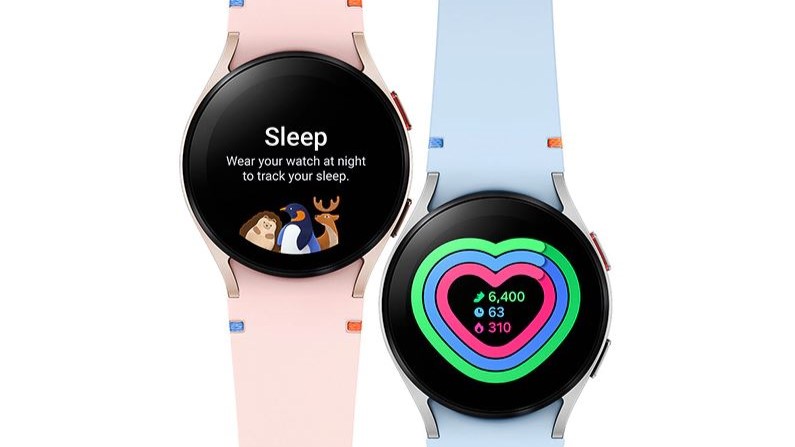
In terms of the best cheap Android watches, Samsung rereleased its Galaxy Watch 4 as the Galaxy Watch FE, and it's pretty tempting at $199. It has slower performance, a smaller display, half the storage, and about half the battery life compared to the OnePlus Watch 2R, plus no dual-band GPS. What recommends it? The sapphire glass and MIL-STD-810H protection, lighter weight, AFib detection, and an LTE version releasing later this year. Plus, Samsung should give it years of software updates.
Any other Wear OS watches in this price range have dated software and hardware. You may want to look instead at dedicated fitness watches: the Garmin Forerunner 165 costs just $20 more than the Watch 2R and has an 11-day battery life, a smaller display that makes it 20g lighter, and far superior training software for runners, cyclists, and other athletes. The downside, of course, is that Garmin watches have no third-party apps and you have to pay extra for only 1/8 the music storage.
OnePlus Watch 2R: Should you buy it?
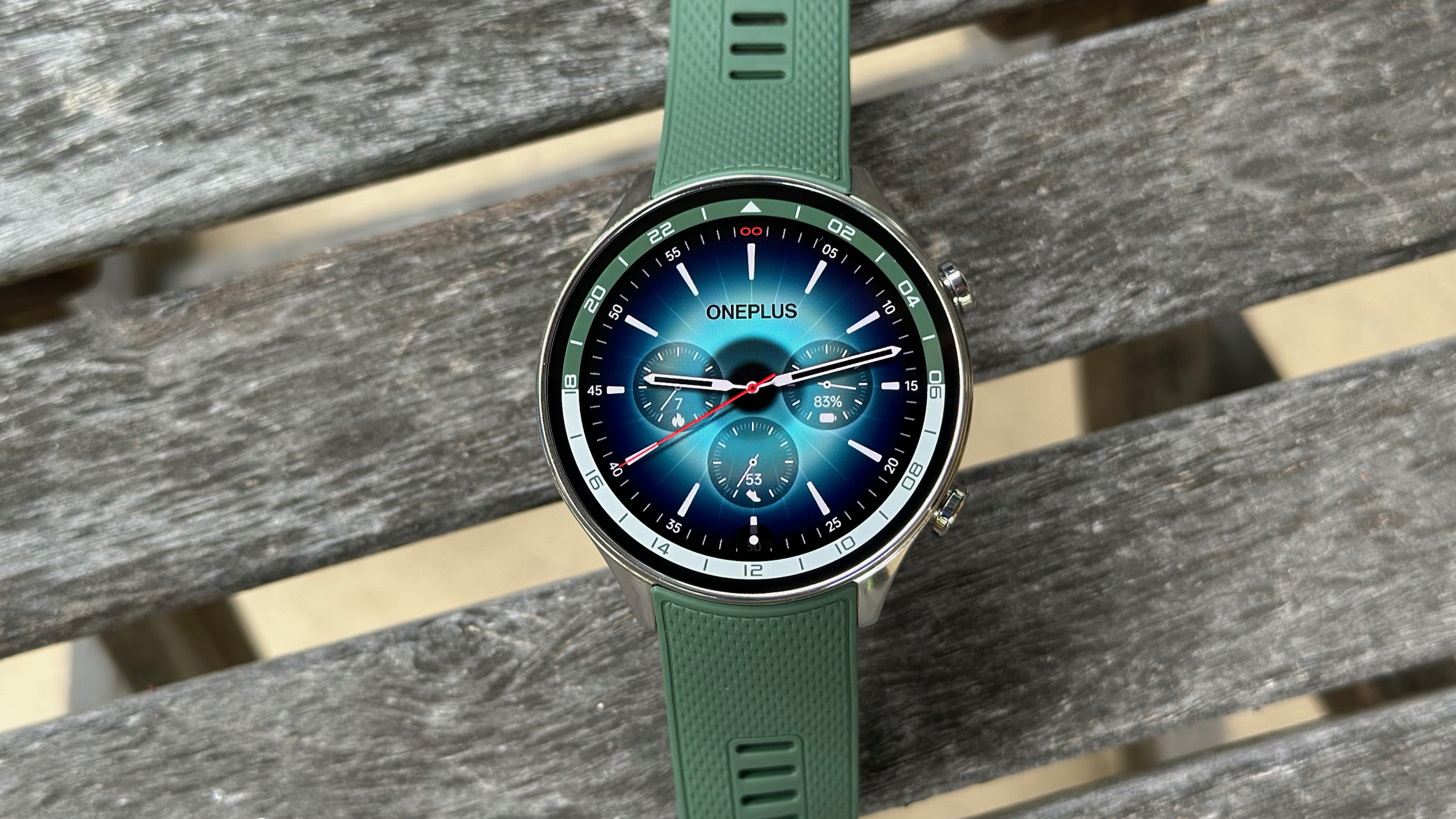
You should buy the OnePlus Watch 2R if...
- You want a large display and Wear OS support.
- You want several days between charges and fast charging so you don't have to wait long.
- You care more about speed, comfort, and affordability than style and durability.
You shouldn't buy the OnePlus Watch 2R if...
- You'd prefer the Watch 2 for its style.
- You need more rigorous health data or more specialized sleep data.
- You'd prefer a dedicated fitness watch with training tools instead of apps.
The OnePlus Watch 2R is a great example of how to do a budget smartwatch right, in my opinion.
Watches like the Galaxy Watch FE and Apple Watch SE are last-gen devices given a facelift to look new-ish. The cutbacks to hit their lower prices are pretty severe, designed to push more people towards the flagship. By contrast, the OnePlus Watch 2R prioritizes smarts over the design, making the performance and data mandatory and the style optional.
That doesn't mean the OnePlus Watch 2R is for everyone. If you wait for a deal event, you'll often find some of the best Android watches discounted close to this price, with fewer compromises or better fashion. But in lieu of that, this is one of the best ways to get Wear OS support on a fast, large-screen smartwatch for about $100 less than Samsung or Google charge, and that's pretty great.
Wear OS for less
The OnePlus Watch 2R has a 1.43-inch AMOLED display, Snapdragon W5 Gen 1 CPU with a battery-saving coprocessor, 2GB of RAM, 32GB of storage, 500mAh battery, and 7.5W charger — all just like the OnePlus Watch 2. The downgrade from stainless steel to aluminum makes it less striking but much lighter on your wrist (and your budget).







